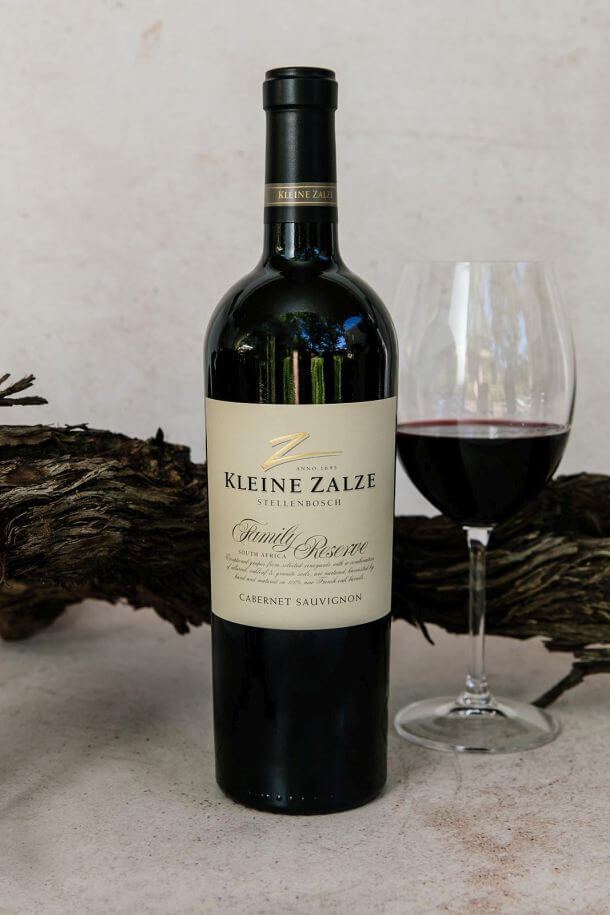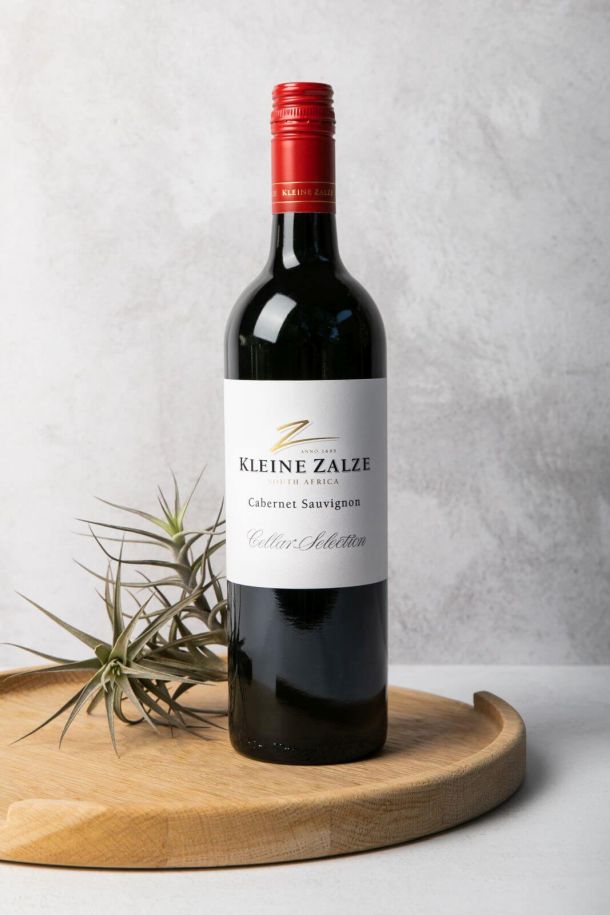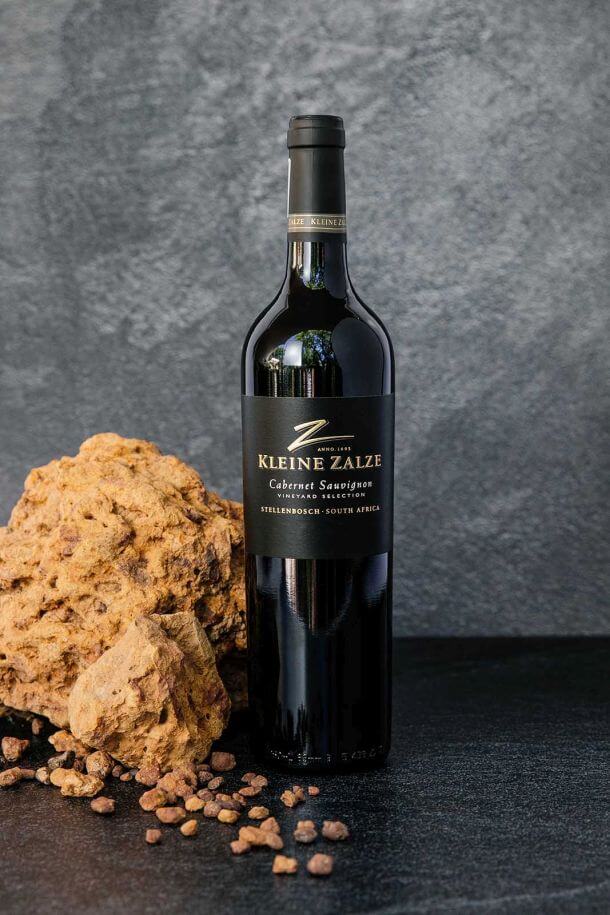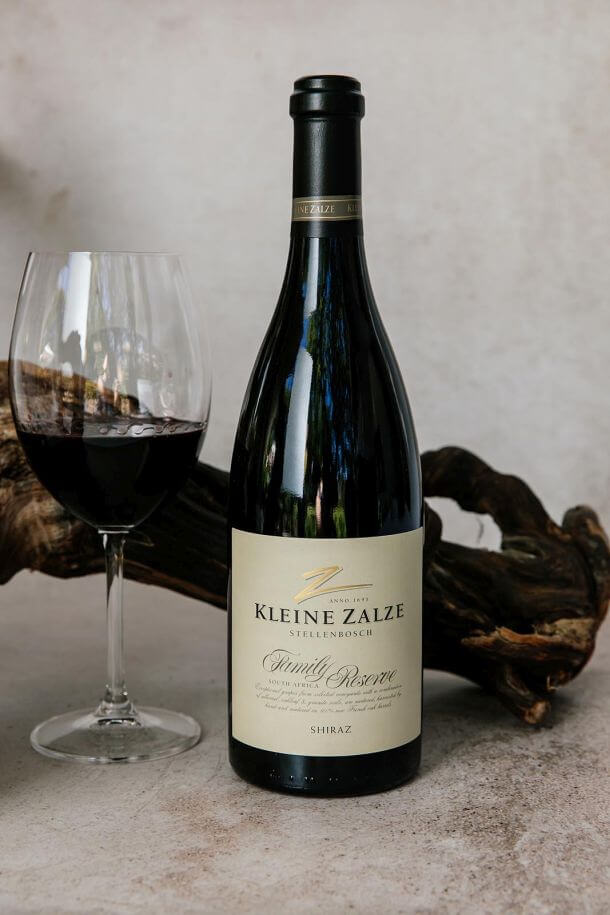Family Reserve
Cabernet Sauvignon
An intense bouquet that shows savoury tobacco notes along with liquorice and mint with a deep core of black plum and cassis. The palate shows a density and depth of flavor only found in the best vintages.
R2,832.00 / Case (R472.00 / Bottle)
R2,832.00 / Case (R472.00 / Bottle)
Winemaker's Notes
An intense bouquet that shows savoury tobacco notes along with liquorice and mint with a deep core of black plum and cassis. The palate shows a density and depth of flavor only found in the best vintages. An opulent entry of the dark fruit seen on the nose gives way to vibrant back palate with a refreshing acidity. Despite the wine’s ‘broad shoulders’ it maintains a svelte structure and almost never ending finish. A brilliant example of how great Stellenbosch Cabernet can be, highlighting the perfect balance between new-world opulence and old-world elegance.
Ipsum dolor sit amet, consectetur adipiscing
The fruit for this wine were sourced from 2 specific vineyard blocks on our farm and two small parcels from the slopes of the Helderberg and Helderberg basin. The effect of the preceding three-year drought was still evident to us in the 2019 harvest, despite the higher rainfall during the season. This resulted in smaller crops over all for the 2018/2019 growing season. Irregular temperatures from winter to flowering led to some uneven ripening at the start of the season that was managed by removing any green or uneven bunches after véraison. The cool weather conditions towards the end of ripening constituted smaller berries, resulting in intensely flavoured, elegant wines.
Vinification
After de-stemming only (no crushing) the grapes were fermented in a combination of stainless-steel tanks and traditional open-top fermenters. We used a combination of “punch- downs” and “pump-overs” at different stages in fermentation and tried to extract a lot of flavour and tannin at the beginning of fermentation. Towards the end of the process we drastically reduced the extraction and usually limit it to only one pump-over per day not to over extract the wine and ensure we achieve the best balance. After primary fermentation the grapes were gently pressed and transferred to 300L French oak barrels, 80% new and the remaining 20% a blend of 2nd and 3rd fill, for 18 months before final blending took place.
An intense bouquet that shows savoury tobacco notes along with liquorice and mint with a deep core of black plum and cassis. The palate shows a density and depth of flavor only found in the best vintages. An opulent entry of the dark fruit seen on the nose gives way to vibrant back palate with a refreshing acidity.
Despite the wine’s ‘broad shoulders’ it maintains a svelte structure and almost never ending finish. A brilliant example of how great Stellenbosch Cabernet can be, highlighting the perfect balance between new-world opulence and old-world elegance.
The fruit for this wine were sourced from 2 specific vineyard blocks on our farm and two small parcels from the slopes of the Helderberg and Helderberg basin. The effect of the preceding three-year drought was still evident to us in the 2019 harvest, despite the higher rainfall during the season. This resulted in smaller crops over all for the 2018/2019 growing season. Irregular temperatures from winter to flowering led to some uneven ripening at the start of the season that was managed by removing any green or uneven bunches after véraison. The cool weather conditions towards the end of ripening constituted smaller berries, resulting in intensely flavoured, elegant wines.
After de-stemming only (no crushing) the grapes were fermented in a combination of stainless-steel tanks and traditional open-top fermenters. We used a combination of “punch- downs” and “pump-overs” at different stages in fermentation and tried to extract a lot of flavour and tannin at the beginning of fermentation. Towards the end of the process we drastically reduced the extraction and usually limit it to only one pump-over per day not to over extract the wine and ensure we achieve the best balance. After primary fermentation the grapes were gently pressed and transferred to 300L French oak barrels, 80% new and the remaining 20% a blend of 2nd and 3rd fill, for 18 months before final blending took place.





